
History at home: Preserve your treasures for generations to come
Rebecca Newberry sees her role in the Science Museum’s Center of Research and Collections as caretaker, risk manager, and detective, all rolled into one.
As conservator of the museum’s world-class collection of nearly two million objects and specimens, it’s Rebecca’s job to identify risk factors like moisture, pests, light, or extreme temperatures and find ways to mitigate them. Every single object - from the tiniest specimen in a collection of 50,000 Minnesota voles to the beloved Triceratops - represents a unique point of data from Earth’s history, and it’s vitally important to preserve them for study. Who knows what kind of information is contained inside them?
“The best way to care for the objects in our collection - and really to care for all precious artifacts and specimens - is to prevent damage from happening,” Rebecca says. “Techniques to extract data from specimens improve all the time. As a museum, it’s our job to make our collection accessible to students, to researchers, to artists, and to the community. Large natural history collections that are well-documented and well cared for can teach us so many things.”
Museum-worthy conservation techniques that can be employed at home
We all have family heirlooms in our drawers and cupboards. What can the expert tell us about caring for them so they can be preserved and passed on?
“The most important thing is to make sure you’re storing things in the most stable environment you can,” Rebecca says. “Most objects don’t like heat or extreme cold, and they don’t like moisture. It’s important to keep precious things out of the basement, the attic, and the garage. Keep things inside your home if you can - ground floor or bedroom closets are a great option.”
Here are some more tips to care for the most common household treasures.
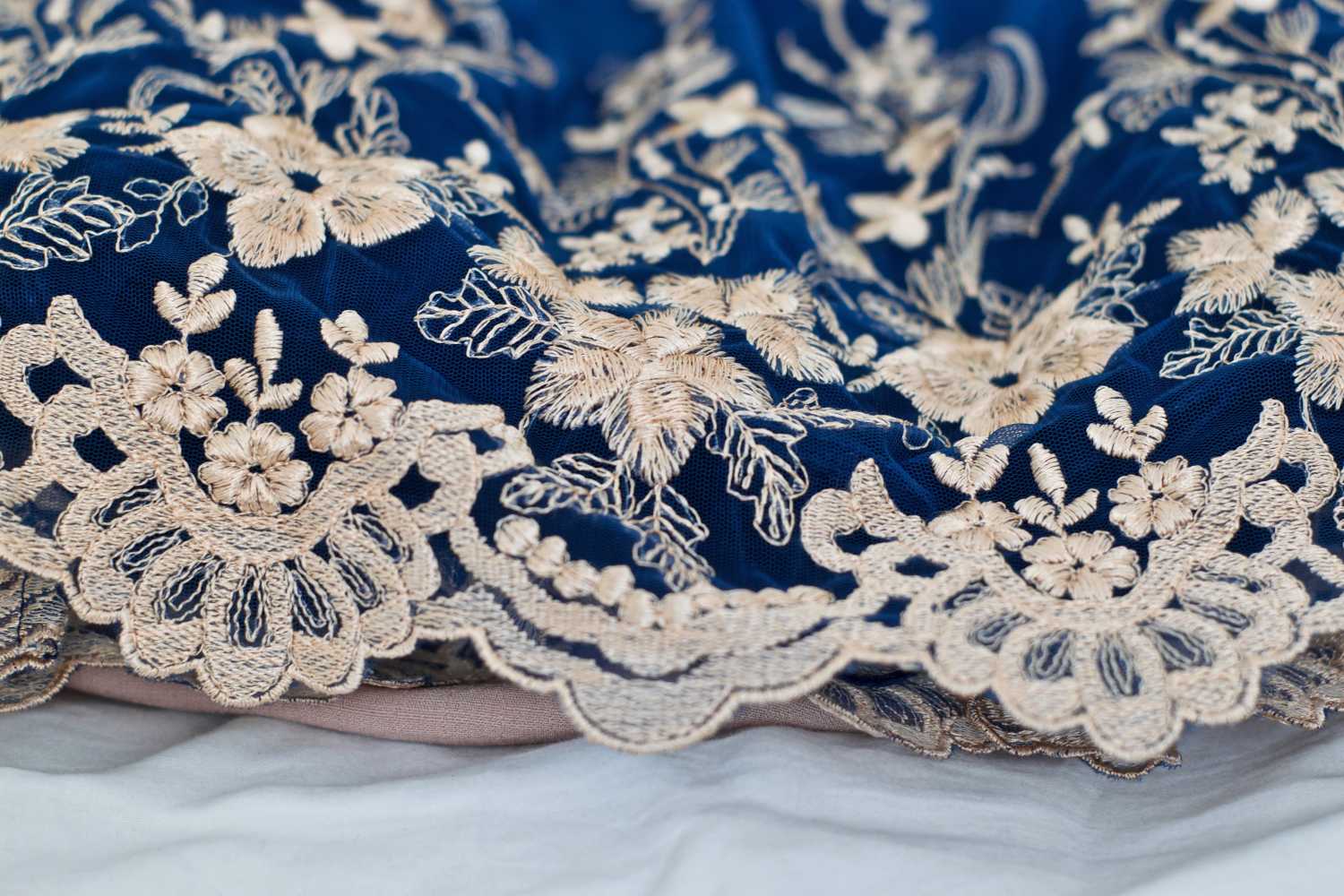
Woven fabrics, textiles, and linens:
Keep them away from direct sunlight, which can cause them to fade.
Be careful when you store them. Rather than stuffing them away, give them room to breathe and expand.
Avoid storing them in plastic. Dry cleaner bags and hangers aren’t meant for long term storage; they’re made of materials that can react over time and cause damage. Folding textiles in a clean cotton sheet is an affordable and effective way to store them.
Note that folded textiles will grow weak along the folds. Use them if you can, clean them carefully, and fold them along different lines before putting them away.
Don’t put them in the dryer, or if you do, use the lowest heat setting.
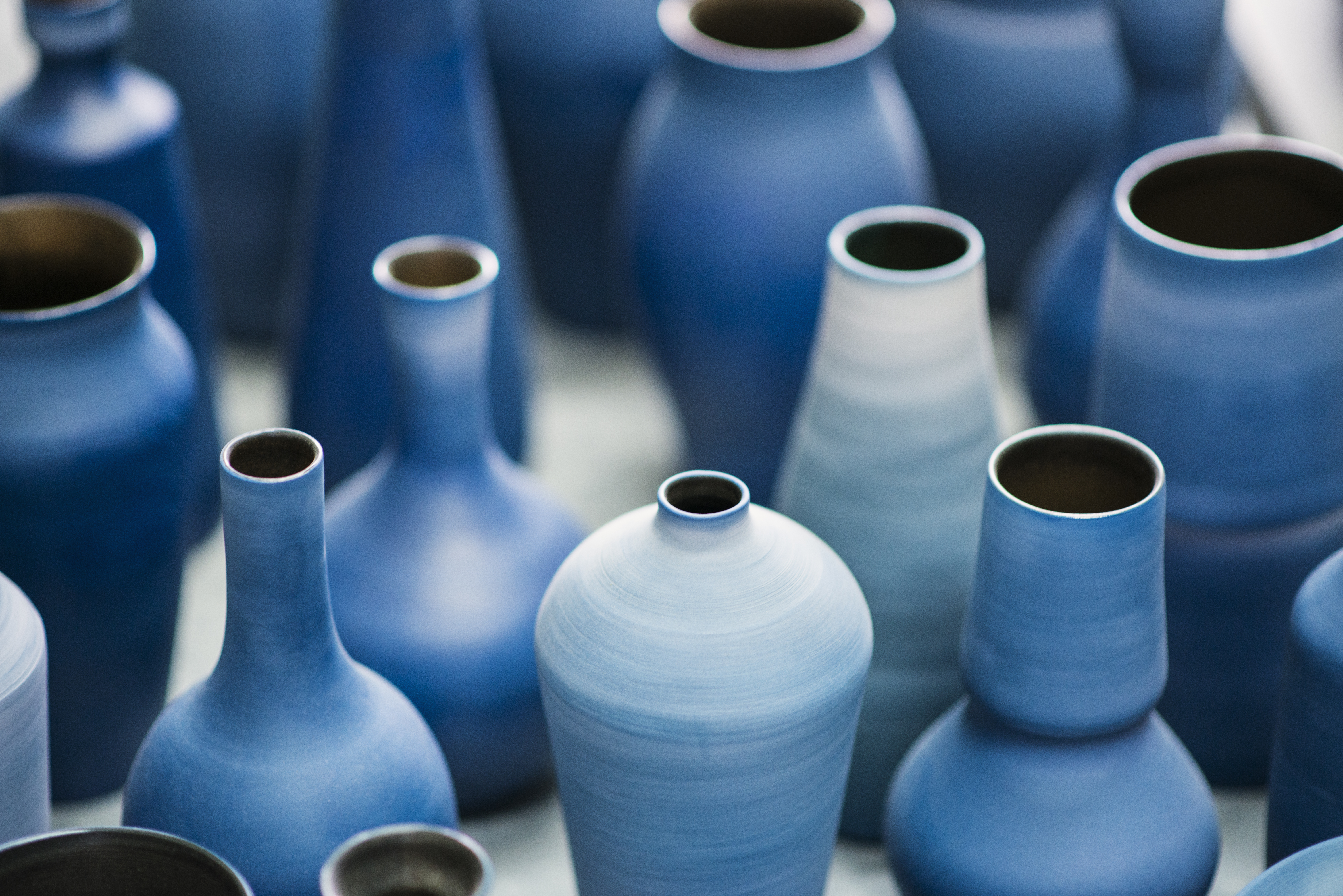
China, crystal, and other fragile items:
Handle one piece at a time.
If you use them, be careful when you wash them. Lining the sink with an old towel and carefully washing them by hand provides great protection from chips and breaks.
Protect them from making contact with each other when you store them. Avoid stacking them if possible.
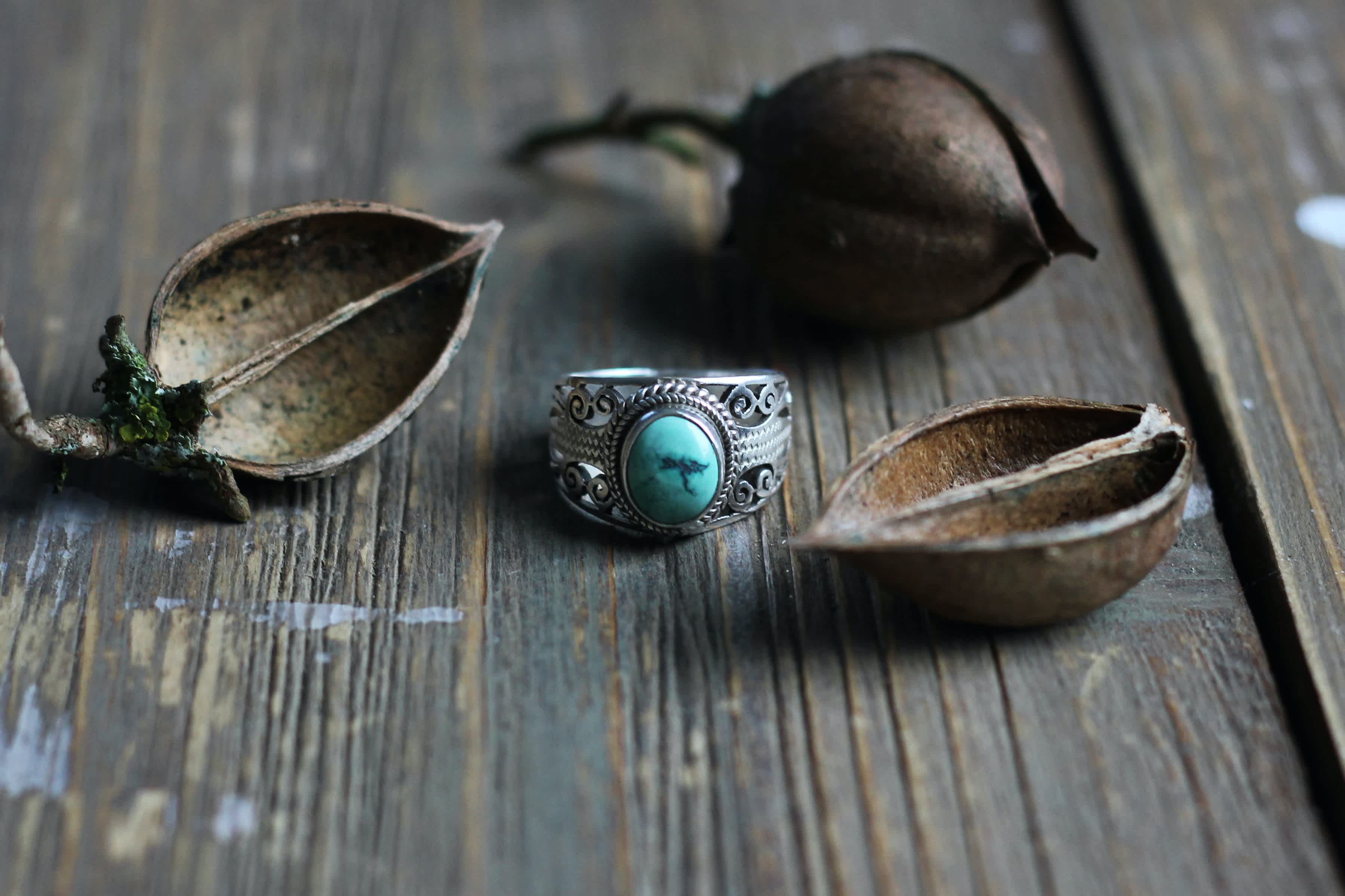
Silver:
Expect tarnish, and know that every time you polish it, you’re removing a layer of silver.
Avoid dip tarnish remover. Instead, use a gentle polish and a little elbow grease. Professional conservators mix diatomaceous earth and alcohol to make a paste that gently removes tarnish without damaging the silver.
Invest in specialized storage materials like silver cloth, which is embedded with material that inhibits corrosion and tarnish.
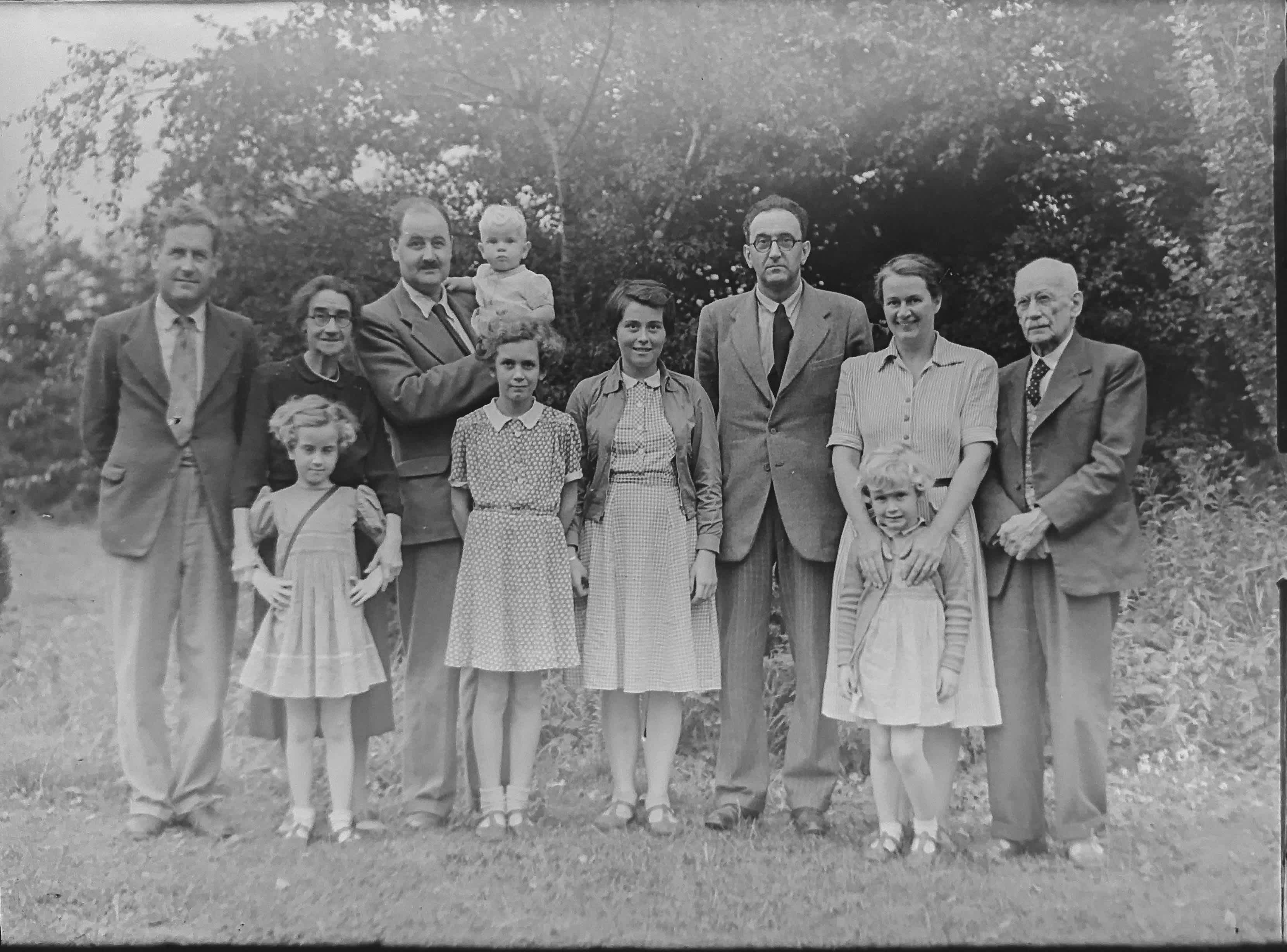
Photographs and movies:
Keep information about them!
Photos and movies of people or places you don’t recognize don’t mean as much.
Don’t keep photos in scrapbooks with sticky pages and plastic covers. Removing photos from these albums, which were once very popular and can be very damaging, can be difficult. If you’re having trouble, consult a professional.
Scan and save digital copies of photographs. Just make sure you’re storing that digital information in a way that’s going to be preserved - on a hard drive or in the cloud.
Share those digital files with family and friends. Redundancy protects against disaster!
Cull your digital files. These days, taking photos is so easy. Make sure you’re keeping things that are meaningful.
Transfer data stored on film to a more accessible format.
If your old cellulose acetate film smells like vinegar, it has likely degraded too much to salvage.
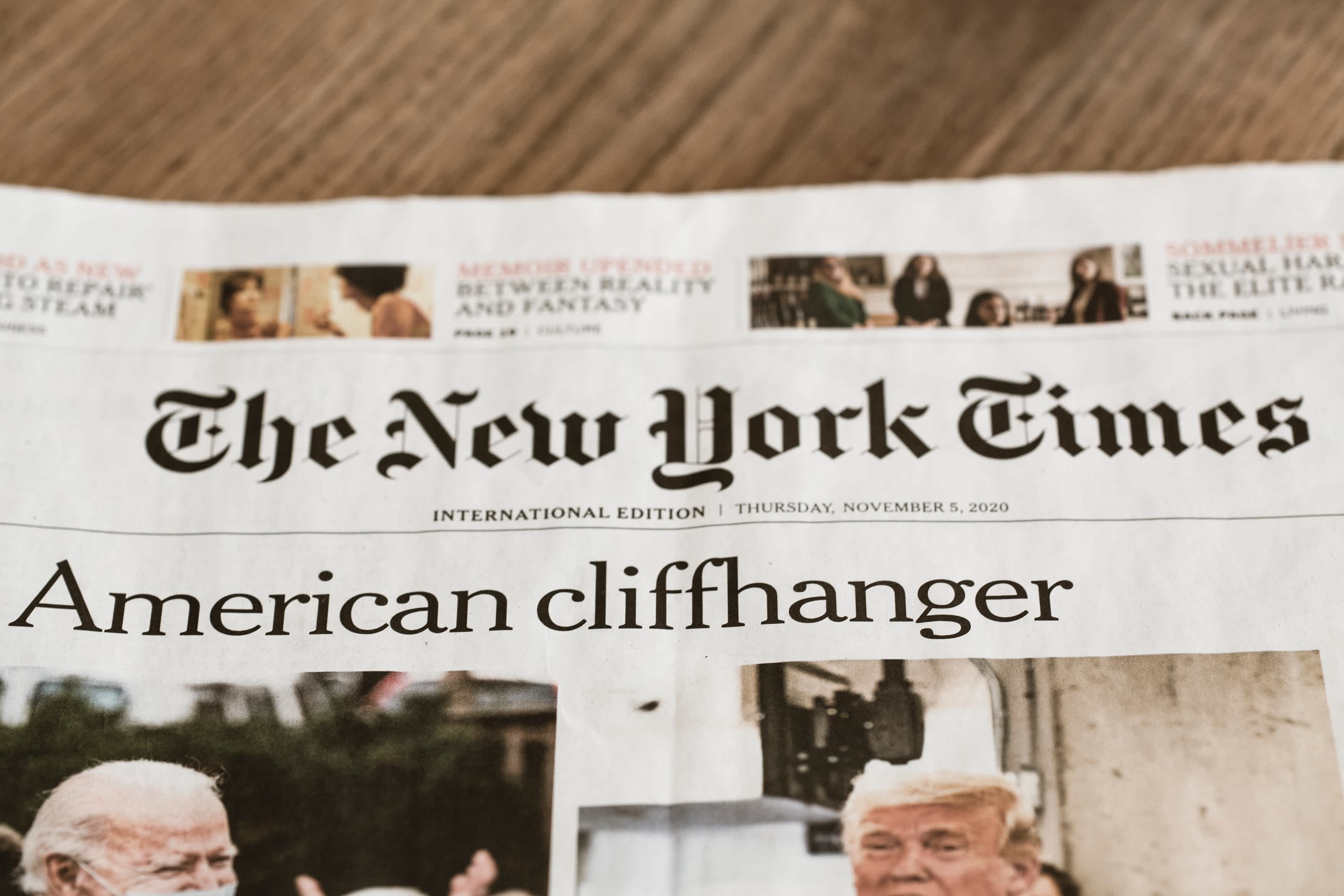
Newspaper clippings:
Your best bet is to transfer clippings onto better quality paper for long term storage.
Not all home conservation projects are for amateurs
Rebecca notes that there are private conservators in the area who can help with items that are too intricate or complex to care for yourself. The American Institute for Conservation and the Midwest Art Conservation Center are great places to start your hunt for an object conservator. Many specialize in certain areas, and many are very busy, so when you find the right one, you might need to wait. It’s worth it to take care of your stuff!
Rebecca’s favorite object
As the caretaker of such a rich and varied collection, is there any one object that has captured Rebecca’s imagination? The Triceratops holds a special place in her heart, as does Don the Gorilla, a specimen that came to the museum afterlife as a beloved resident of Saint Paul’s Como Zoo. And she carries a photo of an item from the anthropology collection with her every day inside her phone case - one that is too fragile for public display. “I fell in love with a knife sheath from the Bishop Whipple collection when I was an intern in the 1990s,” she says. “It’s made of hide and decorated with white and blue porcupine quills, and they’re just pristine. Objects like these are often badly faded or have been attacked by pests over the years, but this piece is not. It’s just beautiful - the craftsmanship is amazing and it’s in such good condition. It’s really special.”
Whether it's a prehistoric specimen from the late Cretaceous, a daily use object that was hand-beaded by an Ojibwe artisan in the late 1800s, or your child’s kindergarten art project, if there’s meaning attached to it, there are steps you can take to preserve it for future generations. “It doesn’t have to be monetarily valuable,” Rebecca notes. “If it means something to you, it’s worth saving.”